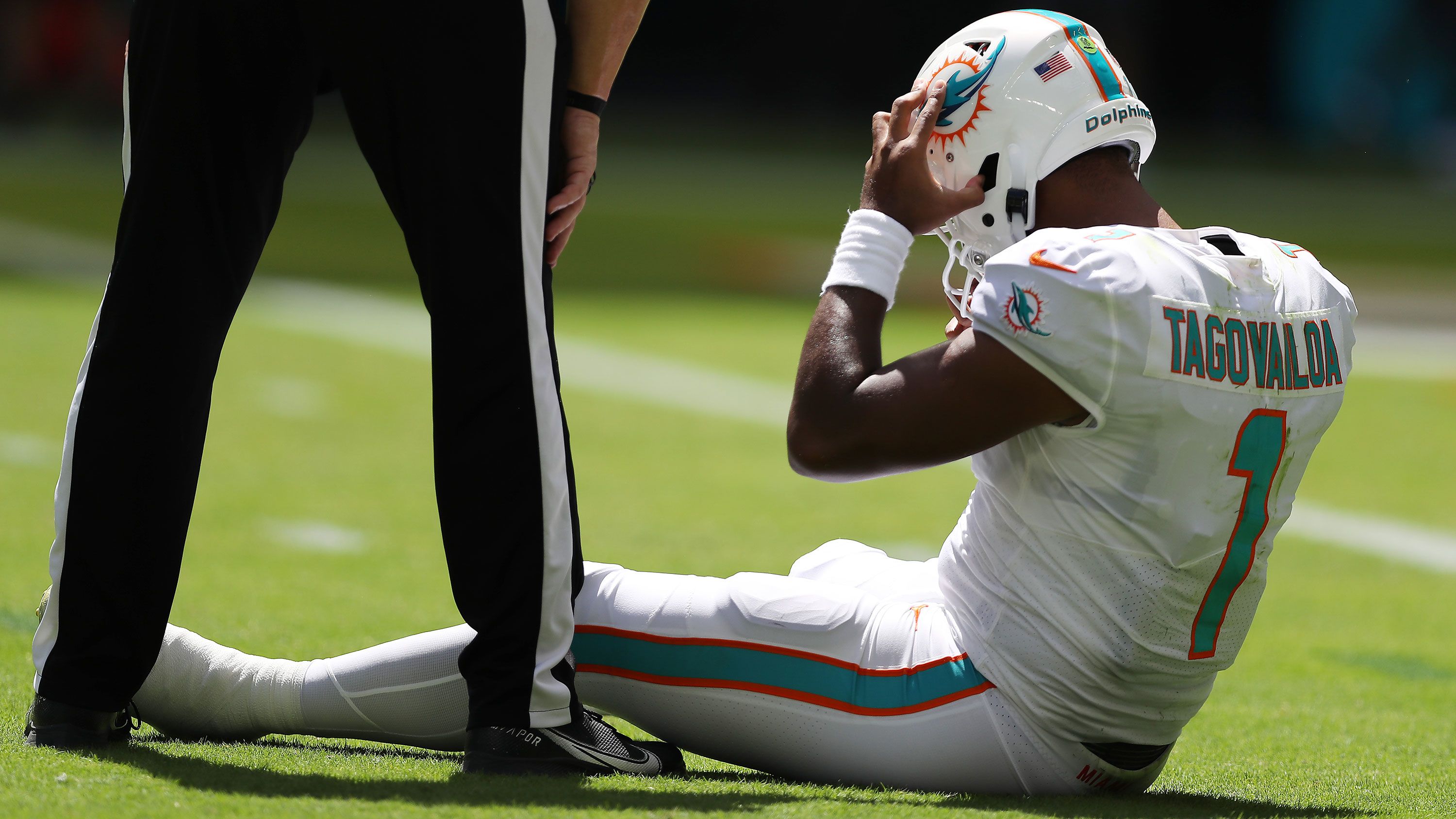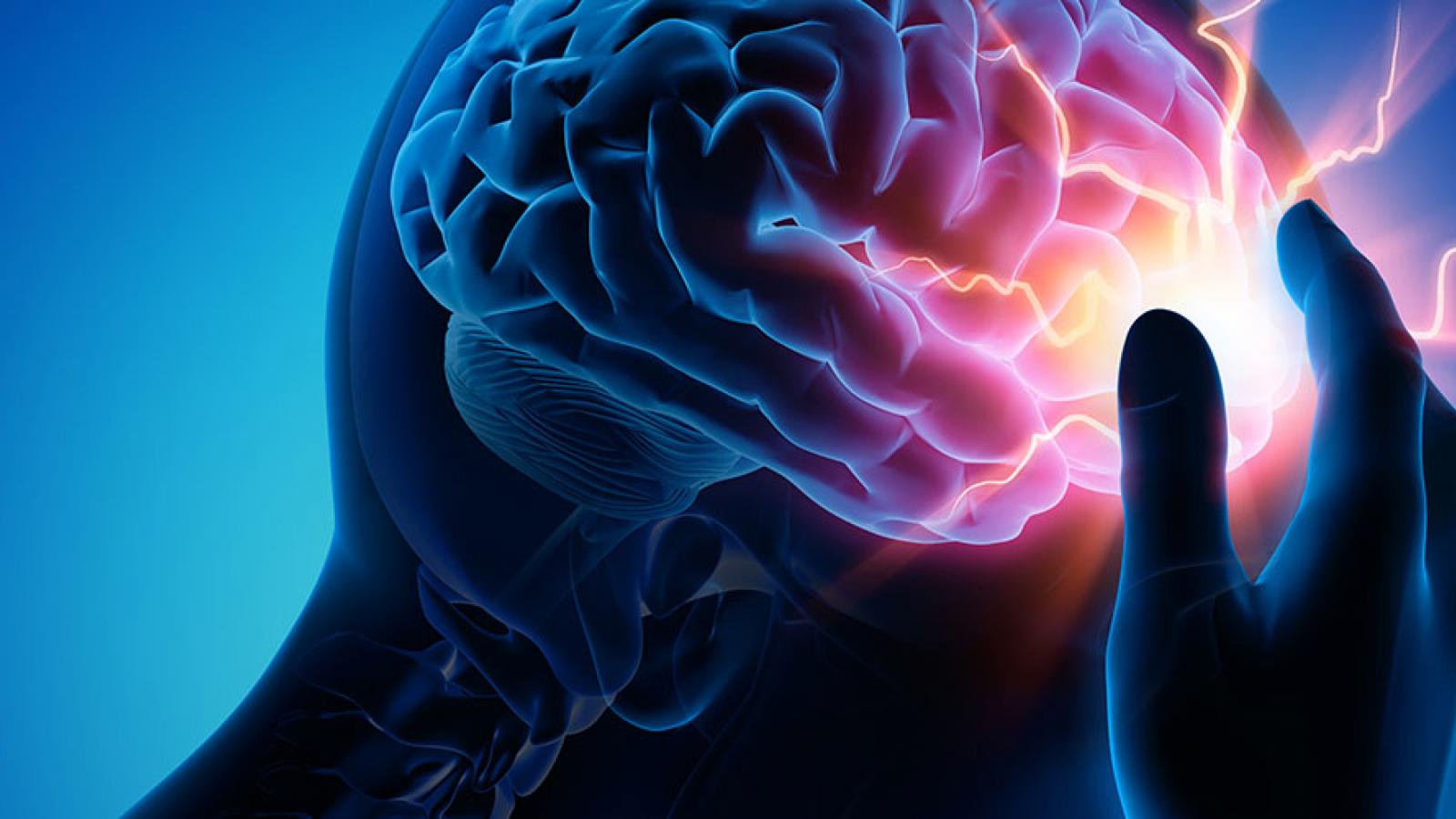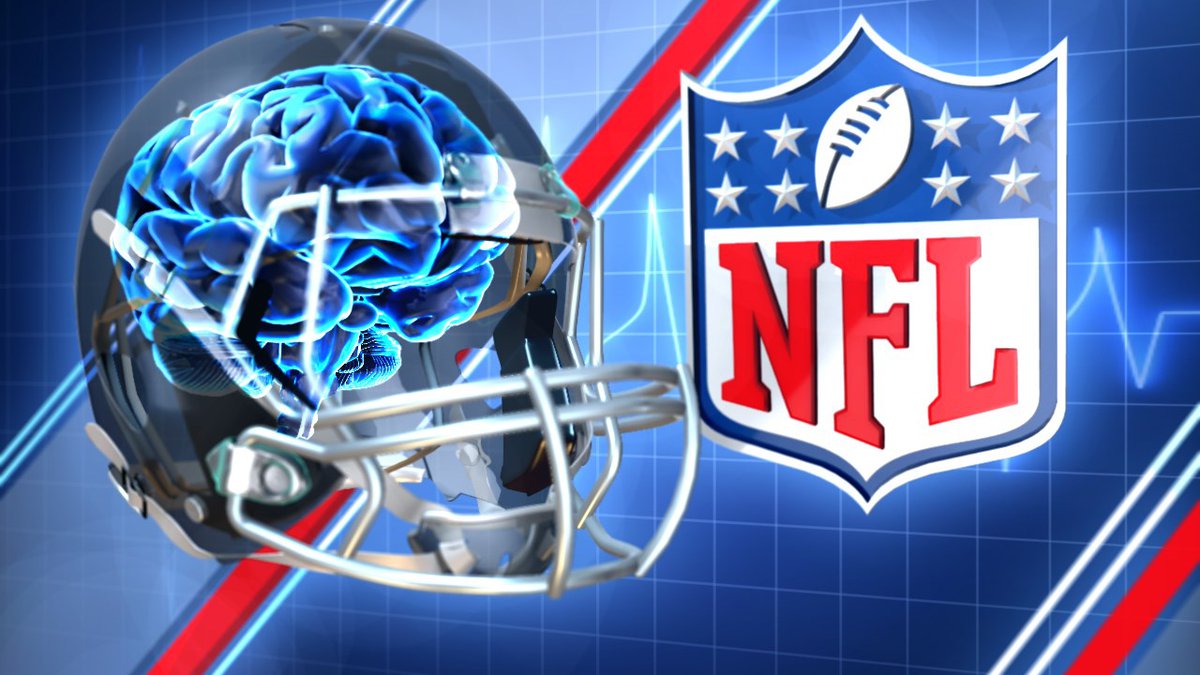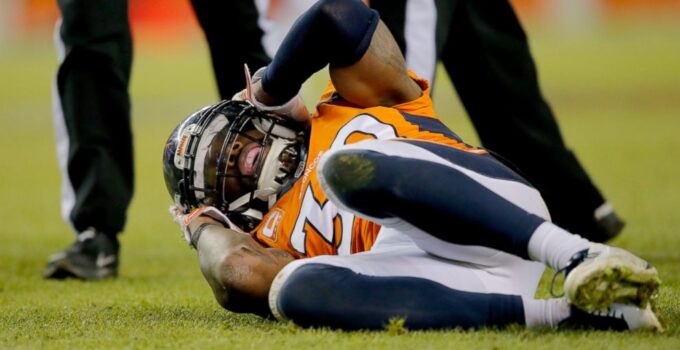If you follow the NFL or fantasy football, you’ve likely heard a lot about concussions recently, largely because of player Tua Tagovailoa. Some are saying Tagovailoa should retire from the NFL, so what’s going on, and how does the NFL typically handle concussions?
It’s being talked about on fantasy football podcasts at thefantasyfootballers.com and by analysts around the country.
The Tua Tagovailoa Situation

Source: cnn.com
Tagovailoa’s head injury has been talked about throughout the media after the player was taken off the field recently on a stretcher while playing against the Bengals. Tagovalia was diagnosed with a head injury and was required to enter the NFL concussion protocol.
He’s already been ruled out for Week 5 by the Dolphins when they’ll go against the New York Jets.
There’s a controversy involving the apparent concussion that was sustained in Week 3 when the Dolphins were playing the Buffalo Bills. Tagovailoa was stumbling in the first half, and two offensive linemen needed to hold him. Despite this, he returned in the second half, finishing the game.
A doctor who studies brain injuries in the NFL recently spoke out, saying he believes Tagovailoa suffered long-term, severe brain damage when his head hit the turf after being sacked by Josh Tupou, the defensive lineman for the Bengals.
The doctor went on to say he believes Tagovalioa should stop playing, with money not being more valuable than his brain and life.
Tagovailoa was released from the hospital and said he felt much better just a day after his injury.
The situation has led to criticism of Dolphins coach Mike McDaniel. Speaking to local media, McDaniel said that there was no negligence on his part in allowing Tagovailoa to play four days after the head injury against the Bills.
He said that anything outside the Dolphin’s building was outside of his control.
Tagovailoa cleared concussion protocol after his initial injury, and he and the team said the reason he stumbled in the next game was because of a back injury.
Many coaches spoke out on Tagovailoa visibly stumbling. For example, John Harbaugh, coach of the Baltimore Ravens, said he was astonished by what he saw the night before. Harbaugh said a lot of times, players want to play, but you have to tell them no.
McDaniel said Tagovailoa was cleared by a neurologist. He also said he’d personally interacted with him and saw no signs of a head injury. McDaniel said he was adamant that Tagovailoa was evaluated for a head injury and he didn’t have one.
What is a Concussion?

Source: guthrie.org
So, what exactly is a concussion, and why do they affect the NFL so often? A concussion is a type of traumatic brain injury (TBI). Concussions can be caused by jolts, blows, bumps, or hits. Basically, anything causing the head and brain to move back and forth rapidly can cause a concussion. The brain might bounce around in the skull, leading to chemical brain changes. Sometimes, brain cells can become damaged and stretched.
Even though a concussion is often described as a mild brain injury, it’s because it’s not usually life-threatening. Regardless the effects of even a so-called mild brain injury can be very serious.
When someone experiences a concussion, it leads to a temporary loss of normal brain function.
Complications can occur after a concussion, including persistent symptoms like concentration and memory problems, changes in personality, and drowsiness. These complications are known as post-concussive syndrome. The general medical advice is that people with the post-concussive syndrome shouldn’t do activities that put them at risk for repeated head injuries.
Athletes aren’t supposed to return to play while they’re experiencing the symptoms. Additionally, when an athlete experiences multiple concussions, medical advice is usually that they reconsider participating in the sport.
What is the NFL Concussion Protocol?

Source: wndu.com
There has been a lot of pushback and controversy in the past decade about the prevalence of head injuries in the NFL.
In a study in 2017, which was the largest of its kind, there was damage found in the majority of former football players’ brains when they were donated for research after developing mental symptoms while they were alive.
There were 202 former players’ brains who were examined, and 87% showed the diagnostic signs of something called chronic traumatic encephalopathy or CTE. This neurodegenerative disease is associated with repeated trauma to the head. When looking at the players from the NFL in that sample, the number went up to 99%. The study started to put increasing pressure on leaders within the NFL to protect their players.
The hallmark of CTE is clumps of a neuronal protein called tau, which is tagged with extra phosphate groups. In CT, the location of the tau clusters is near small blood vessels, often in the deep folds of the cortex of the brain.
As well the NFL players, in 48 of 53 brains of former college players, there were signs of CTE.
The most recent concussion “crisis,” as the NFL is labeling it, is coming at the same time as an announcement that changes the concussion protocol is on the way. One doctor who provided care to Tua Tagovailoa has already been fired by the Players Association since the incident.
There was a joint statement from the league and the players union that showed that a loophole allowing players who stumble to return to the game will be closed. This is referred to as gross motor instability, and if a doctor says it’s from something aside from a head injury, players can return, or at least they could until now.
With the loophole closed, this will be added to a list of no-play symptoms. These are things that if players exhibit, they’re automatically out. NFL doctors were told to err on the side of caution as well.
There were multiple players recently ruled out because of a concussion or head injury, including quarterbacks Tyrod Taylor and Brian Hoyer.
The league and union say they’re working on language that would reduce unintended consequences as much as they can, but that the takeaway is that everyone should get comfortable with the potential for a player to miss time to preserve brain health.





